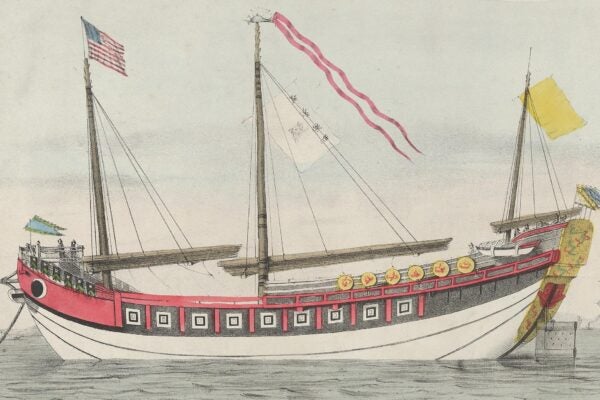Well-researched stories from around the web that bridge the gap between news and scholarship. Brought to you each Tuesday from the editors of JSTOR Daily.
The horrible bestsellers of antebellum America (Atlas Obscura)
by Sarah Laskow
Think people love trashy media these days? In the mid-nineteenth century, some of the most popular books in the U.S. were lurid “exposes” of Catholic convents, featuring exploited nuns, sadistic priests, and infanticide.
Sticks and stones aside, words can harm your body (The New York Times)
by Lisa Feldman Barrett
As hateful as some speech may be, it’s in a totally different category from physical violence, right? Maybe not. Verbal abuse that leads to chronic stress can physically harm your body and shorten your life.
Ravens 1, toddlers 0 (The Atlantic)
by Ed Yong
Young kids can’t make plans for the future. Neither can monkeys. New studies find that ravens can—and they can do some other remarkable things too.
Did Ida B. Wells have the answer to police violence? (The Washington Post)
by Keisha N. Blain
Modern police shootings of black men, women, and children have some remarkable parallels with the lynchings Ida B. Wells fought against more than 100 years ago. The solutions to both problems might also have a lot in common.
When does redistribution freak us out? (ARS Technica)
by Annalee Newitz
For the most part, people don’t approve of high levels of inequality. But a new study finds that—across many different cultures—what we’re even more opposed to is upsetting an established hierarchy.
Have you seen a story online that does a good job of bridging the gap between the news and scholarship? Or something that seems particularly well-researched? Let us know and we may include it in next week’s roundup. Email us at jstordaily_submissions (at) jstor (dot) org.






